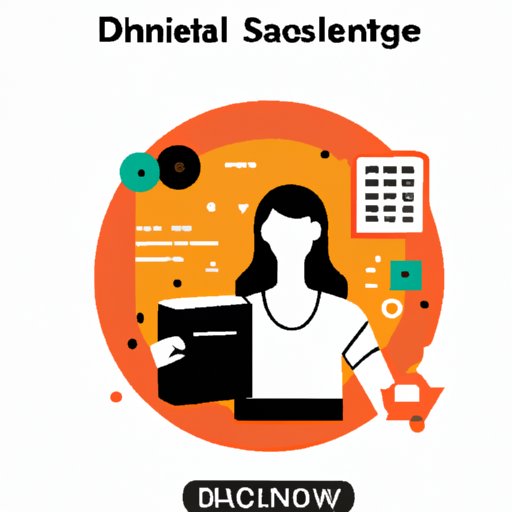Introduction
Data science is one of the most sought after professions today, with many people wanting to switch their career to this field. But making a successful transition can be challenging. To help you get started, this article will provide a step-by-step guide on how to change your career to data science.
This article will cover the following topics: identifying your transferable skills and experience; researching data science career paths; taking relevant courses and certifications; networking with other data scientists; and building a portfolio that showcases your ability to apply data science concepts.

Identify Your Skills and Experience
The first step in changing your career to data science is to assess your existing skills that relate to this field. Think about the skills you have acquired from past experiences and jobs, such as problem solving, data analysis, programming, or communication.
Consider how these skills could be used in a data science role. For example, if you have experience in programming, you may be able to use this knowledge to develop algorithms and software for data analysis. Or if you have experience in communication, you could use this skill to present data insights to stakeholders.

Research Data Science Career Paths
Once you have identified your skills and experience, the next step is to research different data science career paths. Data science roles vary depending on the industry and company, but some of the most common are in research, engineering, analytics, and software development.
Research roles involve gathering and analyzing large amounts of data to gain insights into a particular subject or topic. Engineering roles involve developing algorithms and models to process data and build systems. Analytics roles involve exploring data sets to identify trends and patterns. And software development roles involve creating applications and tools to visualize and analyze data.
Take Relevant Courses and Certifications
If you want to switch your career to data science, it’s important to invest in yourself and take relevant courses and certifications. These could include courses in machine learning, statistics, programming languages, and cloud computing.
These courses will help you gain the necessary skills and knowledge required to be successful in a data science role. They will also give you an edge when applying for jobs, as employers are looking for candidates who have relevant qualifications.

Network with Other Data Scientists
Networking is an important part of any career change, and data science is no exception. Reach out to professionals in the data science field and start building relationships. You can do this by joining online communities such as LinkedIn or attending conferences and events.
These contacts can provide valuable advice and insight into the data science field, as well as help you find job opportunities. They can also serve as mentors and provide guidance on how to become a successful data scientist.
Build a Portfolio
Finally, once you have identified your skills, researched career paths, taken courses and certifications, and networked with other data scientists, it’s time to create a portfolio of your work. This could include projects you have worked on, papers you have written, or presentations you have given.
A portfolio is a great way to demonstrate your ability to apply data science concepts and show potential employers what you can do. It also serves as a way to track your progress and reflect on your accomplishments.
Conclusion
Changing your career to data science can be a daunting task, but with the right approach, it is possible. By assessing your skills and experience, researching data science career paths, taking relevant courses and certifications, networking with other data scientists, and building a portfolio, you can make the transition and start your new career.
(Note: Is this article not meeting your expectations? Do you have knowledge or insights to share? Unlock new opportunities and expand your reach by joining our authors team. Click Registration to join us and share your expertise with our readers.)
